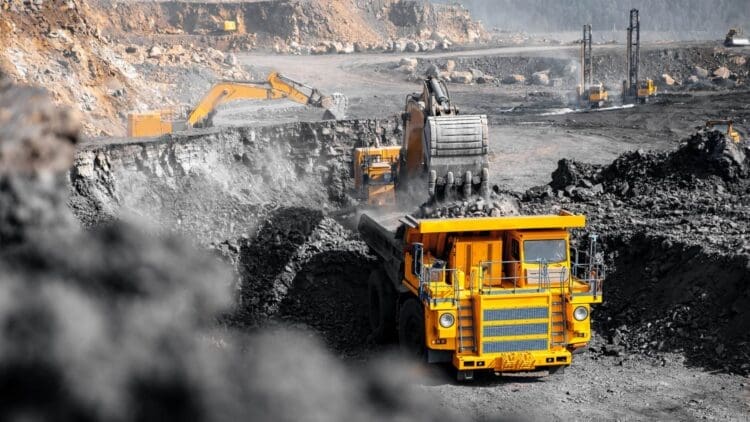Despite the need to integrate renewable energy generation, China has commissioned 21 GW of coal plants in the first half of this year. China has been hard at work implementing measures that aim to alleviate the pressure on the grid by conducting inspections at several coal sites across the country. Despite those efforts, which kicked off in July, the Centre for Research on Energy and Clean Air (CREA) and Global Energy Monitor (GEM) stated in their biannual reports that the coal sector in China is growing at an exceedingly fast pace.
China still relies heavily on the coal sector to meet growing energy demands
China has been doing all in its considerable power to meet the growing energy demands of its society while keeping CO2 emissions as low as possible. However, industry insiders have reported that the nation still relies heavily on the coal sector.
That reliance has led to significant growth in the sector in the first half of this year. Although there were signs of the sector slowing down in 2023 and 2024, this year has seen 21 gigawatts (GW) of coal power commissioned, which is the highest since 2016.
The government permitted 25 GW of coal power to be produced this year; however, new and revived projects brought that number up to 75 GW in H1 2025, the highest in a decade. The rush of activity in the sector could be seen as a proactive measure being undertaken by the nation’s coal operators before China’s 2030 carbon peaking deadline.
China needs more action in the sector if it plans to become a global leader in the energy transition
As the world has embraced the need to transition away from fossil fuels, China aims to become a global leader in the efforts to implement new measures that could transform the energy sector globally. An energy analyst at the Centre for Research on Energy and Clean Air (CREA) pointed out that China needs to do more if it wants to complete the transition to renewable energy generation.
“China’s clean energy boom is driving both economic growth and decarbonisation, but continued coal expansion risks holding it back. More coal power plants would not only waste investment, but also crowd out renewables–the real engine of China’s economic future. To ensure energy security and sustained economic growth, the priority now must be to build a more flexible power system, stop adding new coal power, and set a clear path for coal’s decline.” – Qi Qin, lead author of the report and China Analyst at CREA
Several European nations have taken a similar stance towards the coal sector, which only underscores the national interests of the country and does not serve the global community as a whole. Regardless, China will need to implement measures to curb the amount of coal being produced in the world’s second-largest economy.
“Coal power development in China in the first half of 2025 shows no sign of easing, leaving emissions on a high plateau and stranding coal in the system for years to come. To ensure meeting its carbon peaking deadline by the end of the 15th Five-Year Plan period, China must immediately commit to a set of strong policies to phase down coal power development and shut down high-emission and low-efficiency coal units”. – Christine Shearer, Research Analyst at Global Energy Monitor
China has been implementing steps to reduce the oversupply of coal in the region
It must be noted that China has recently been conducting inspections across several sites in the coal sector to determine the oversupply levels and punish those who exceeded government quotas. One of China’s BRICS partners, India, has been rolling back regulations for sulphur mines in recent months, which only adds to the confusion as to whether the biggest nations in the world will fulfil their commitments to transitioning away from fossil fuels. Time will tell if the change will come or if the reliance on coal will continue.





